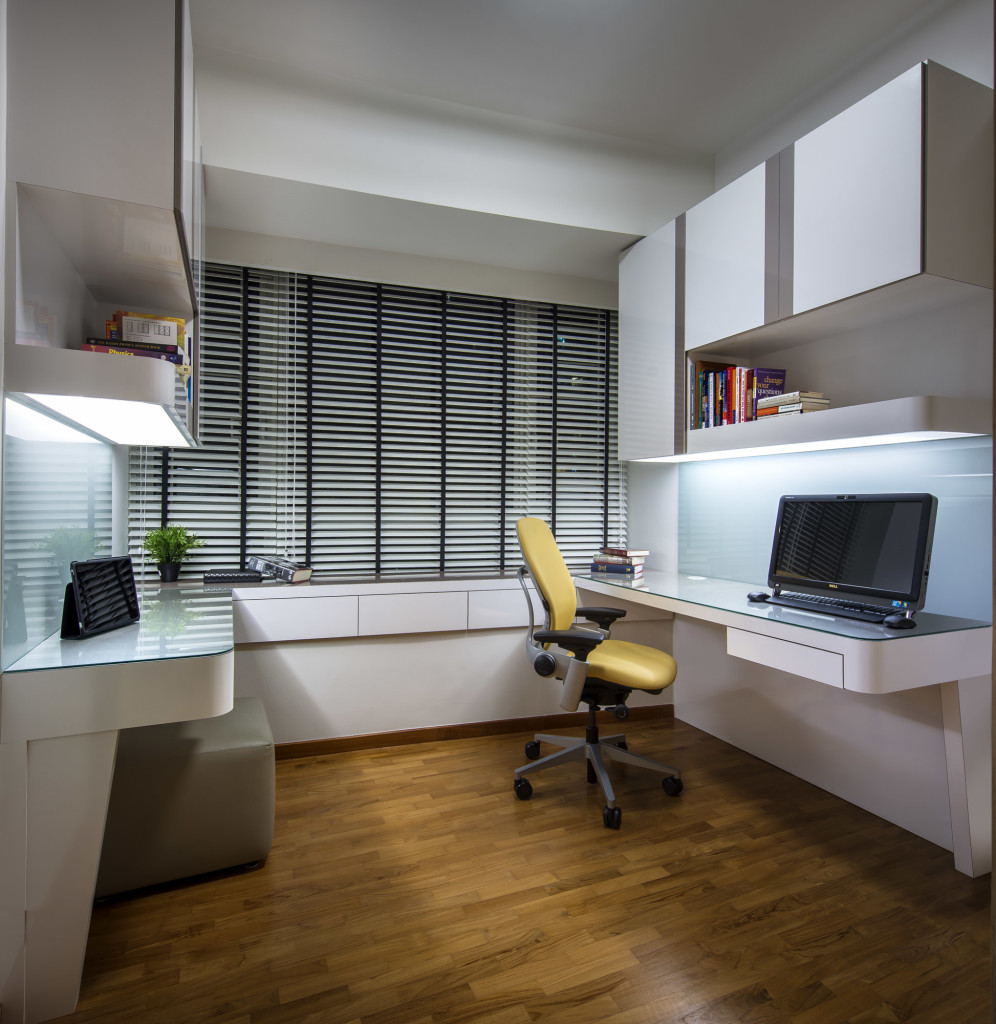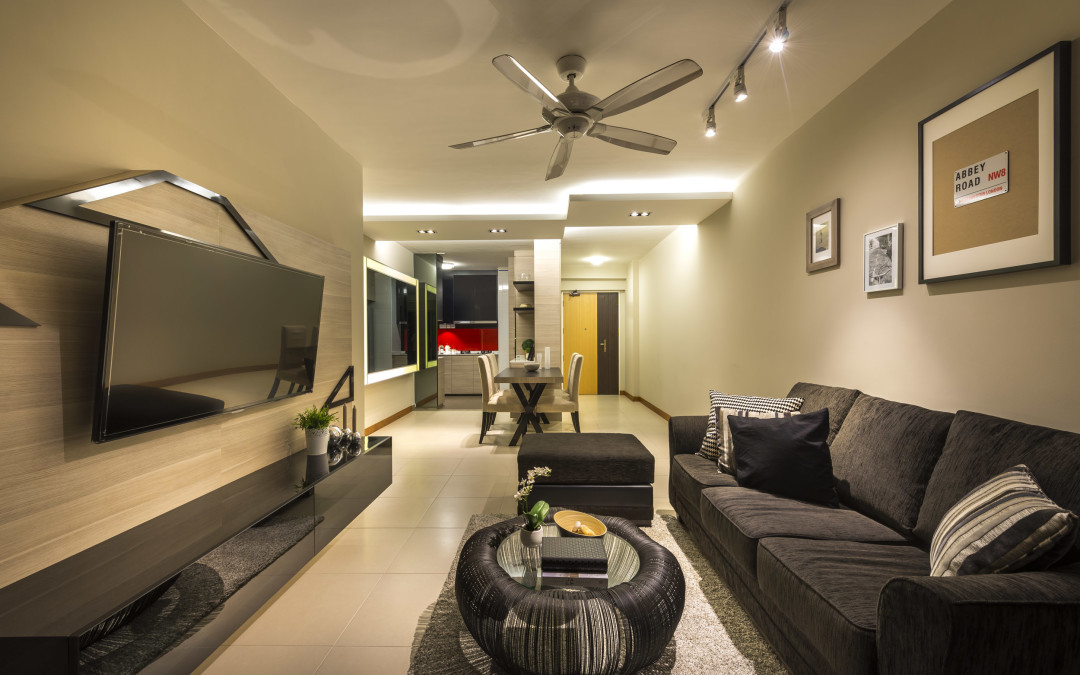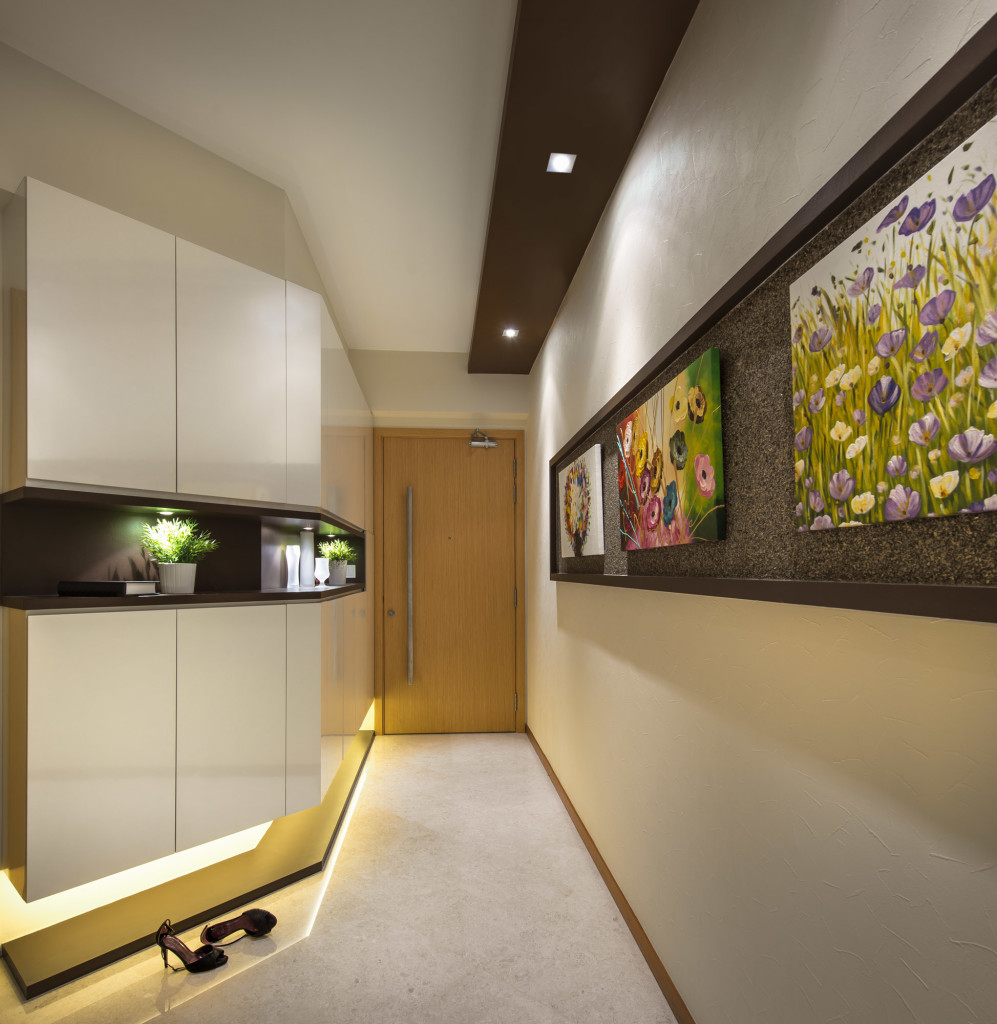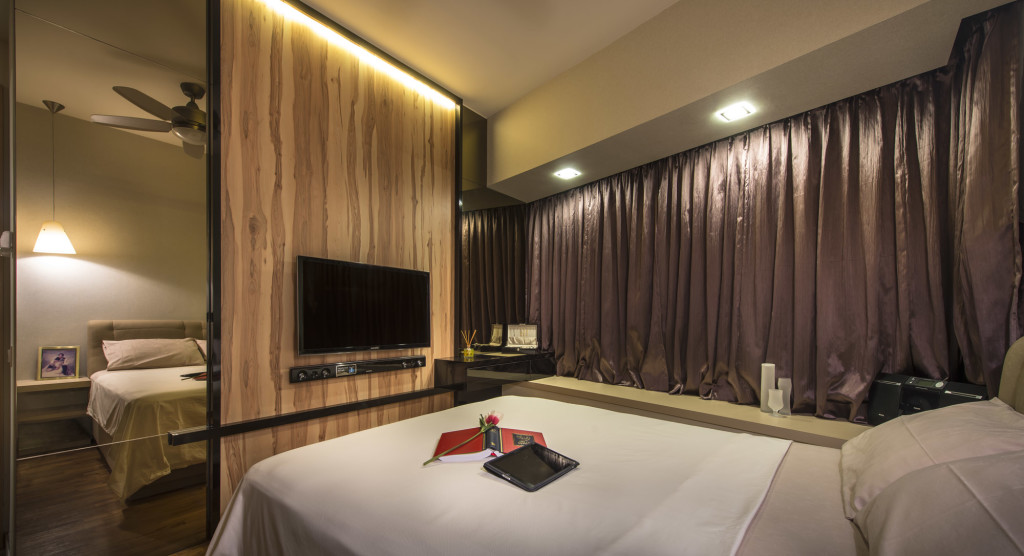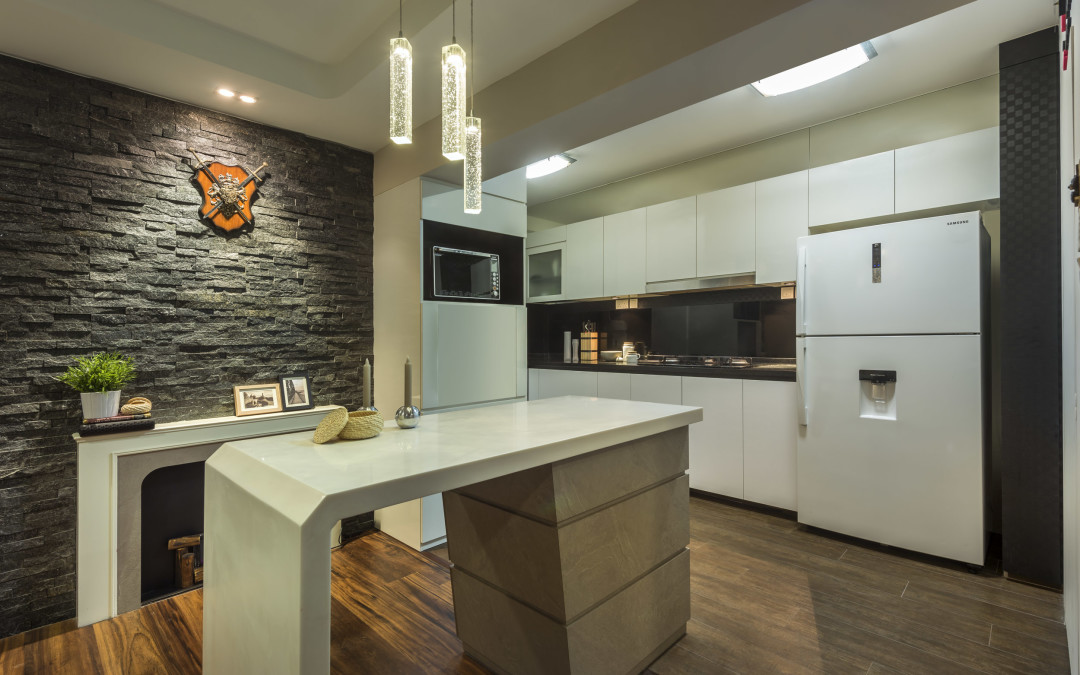
How crucial is lighting in your home?
In every space, lightings play an essential part in our daily lives and it’s something that no home can do without. Not only does it illuminate our homes in times of night and darkness, lightings also help to accentuate or highlight key design features in our home, giving depth and dimension to the look. Here are the different types of lighting and their usages.
- General Illumination
These are general lightings which help to brighten up the home during nightfall and when it is dark and cloudy. Some examples of these kind of lights would be your common ceiling mounted lights, cove lights at false ceilings and embedded PLC lights. They are meant to cover as large an area as possible and to throw light across to all corners of the space. They can be in 3 different colours, basically warm (yellow), cool-white (white & yellow mix) or white.
- Ambience Lighting
Ambience Lightings refer to lights that help to highlight certain key features and part of the space. They are normally more spread apart compared to general illumination and are grouped in small numbers. Once switched on without the general lightings, they are able to create a warm, cosy atmosphere which relaxes the human mind psychologically. Cove lights at carpentry items, spotlights & track-lights are some examples of these. These lights are normally warm (yellow) in colour.
- Task Lighting
These lights are very focused to a certain specific task and they can be in any of the 3 colours depending on the preference of the home owner. For example, study lights placed at the underside of the top cabinet overlooking the study table helps the person to see and work better. Study lamps, reading lights and hanging lights are other types of task lighting.
This article is written by Montie Mahtani, Creative Director of M3 Studio Pte Ltd.

